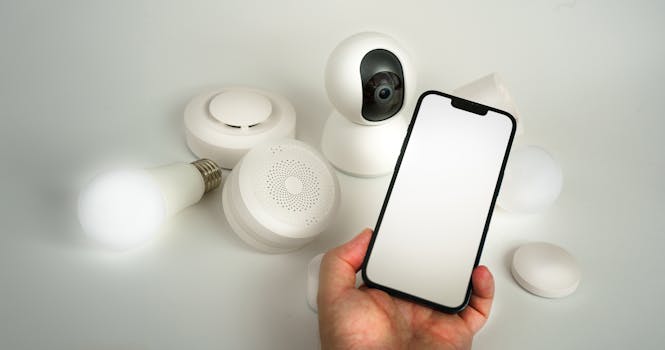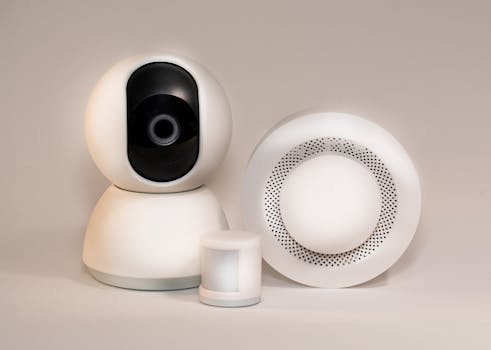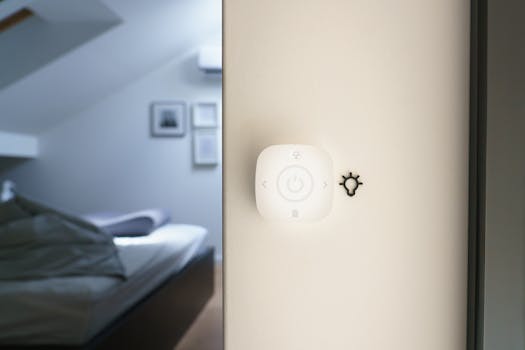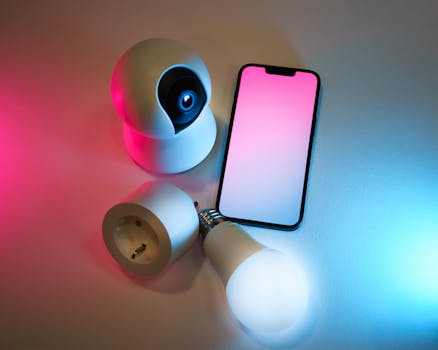
Home Automation in 2025: The Smart Home Ecosystem
Home Automation in 2025 is revolutionizing the way we live and interact with our living spaces. With the rise of the Internet of Things (IoT), smart home devices are becoming increasingly popular, making our homes more convenient, efficient, and secure.
Introduction to Smart Home Automation

Smart home automation refers to the use of technology to control and monitor various aspects of our homes, such as lighting, temperature, security, and entertainment. This is achieved through a network of interconnected devices, sensors, and controllers that can be accessed and controlled remotely through a smartphone app or voice assistant.
The smart home ecosystem is designed to make our lives easier, more comfortable, and more enjoyable. With the ability to control multiple devices with a single interface, homeowners can easily manage their home’s lighting, temperature, and security systems, among other things.
Benefits of Home Automation in 2025

Home automation in 2025 offers numerous benefits, including:
- Convenience: With smart home devices, homeowners can control their home’s systems and appliances remotely, making it easy to manage their home while they’re away.
- Energy Efficiency: Smart home devices can help reduce energy consumption by automatically turning off lights, appliances, and other devices when not in use.
- Enhanced Security: Smart home security systems can detect and alert homeowners to potential security threats, such as intruders or water leaks.
- Increased Property Value: A smart home automation system can increase a home’s value and appeal to potential buyers.
Smart Home Devices and Technologies in 2025

The smart home ecosystem is comprised of a wide range of devices and technologies, including:
- Smart Speakers: Devices like Amazon Echo and Google Home allow homeowners to control their smart home devices with voice commands.
- Smart Lighting: Smart light bulbs and lighting systems can be controlled remotely and adjusted to different colors and brightness levels.
- Smart Thermostats: Smart thermostats can learn a homeowner’s temperature preferences and adjust the temperature accordingly.
- Smart Security Cameras: Smart security cameras can detect motion and alert homeowners to potential security threats.
Challenges and Limitations of Home Automation in 2025

While home automation in 2025 offers numerous benefits, there are also some challenges and limitations to consider:
- Cybersecurity Risks: Smart home devices can be vulnerable to cybersecurity threats, such as hacking and data breaches.
- Compatibility Issues: Different smart home devices may not be compatible with each other, making it difficult to integrate them into a single system.
- High Upfront Costs: Investing in a smart home automation system can be expensive, especially for homeowners who want to integrate multiple devices and systems.
Conclusion

In conclusion, home automation in 2025 is revolutionizing the way we live and interact with our living spaces. With the rise of the IoT and the increasing popularity of smart home devices, homeowners can enjoy a more convenient, efficient, and secure living experience. While there are some challenges and limitations to consider, the benefits of home automation in 2025 far outweigh the drawbacks.






